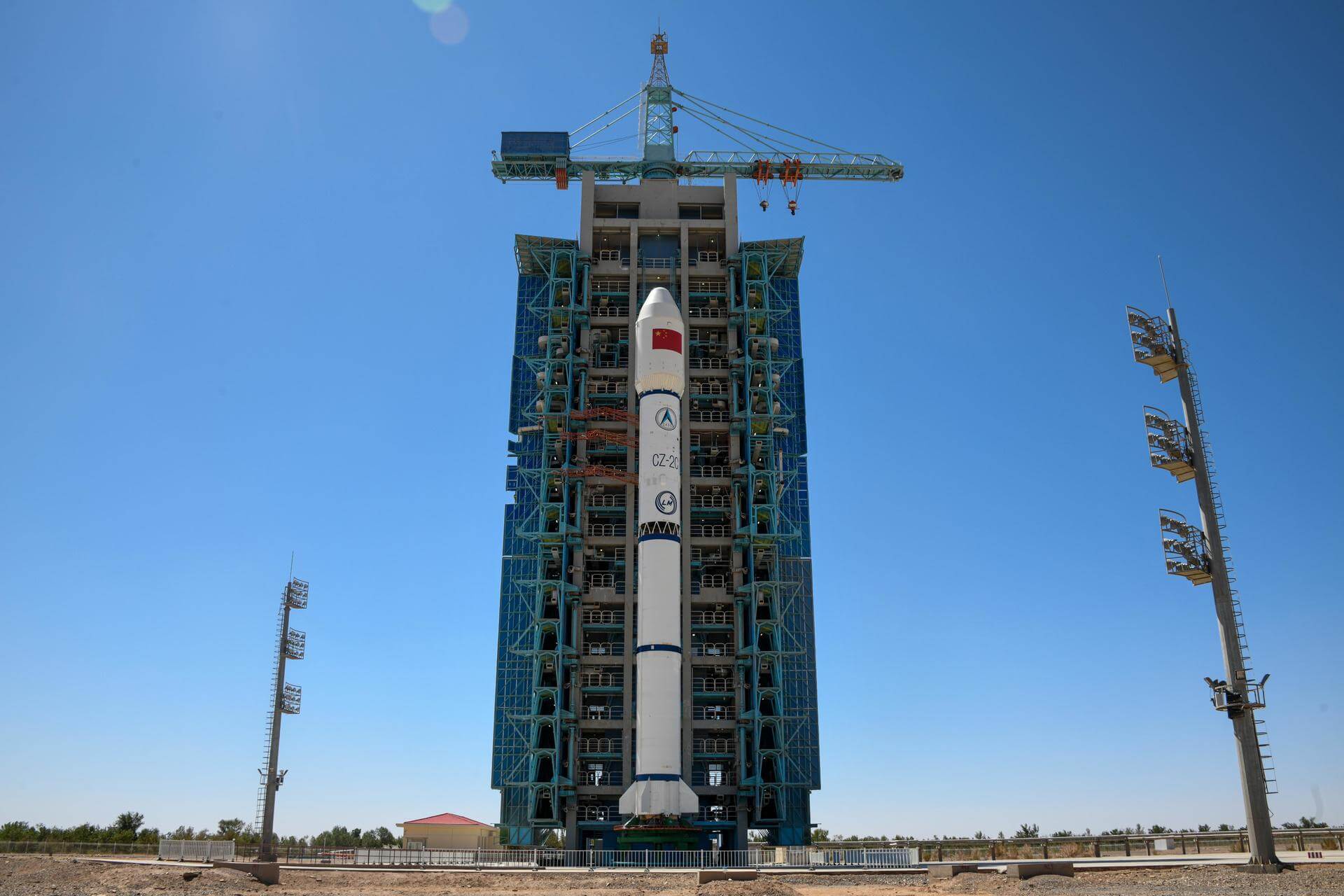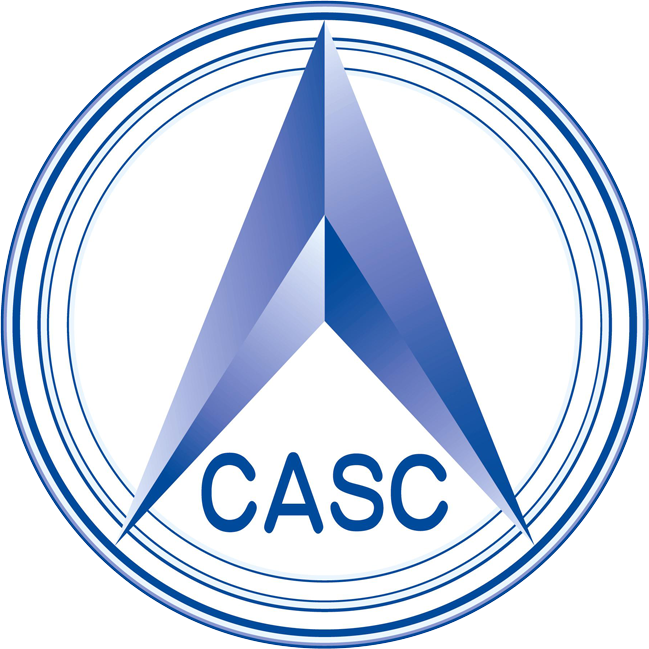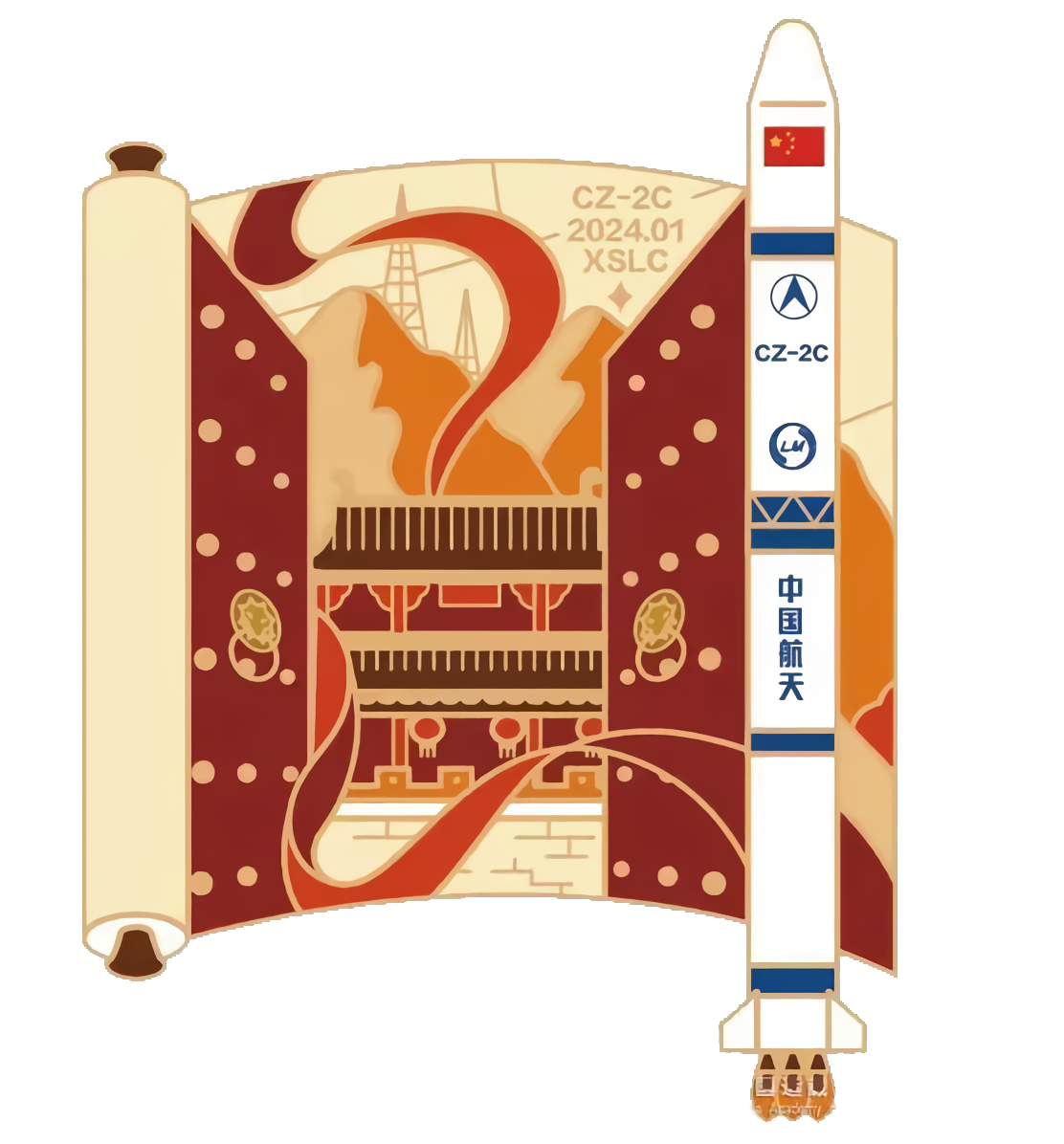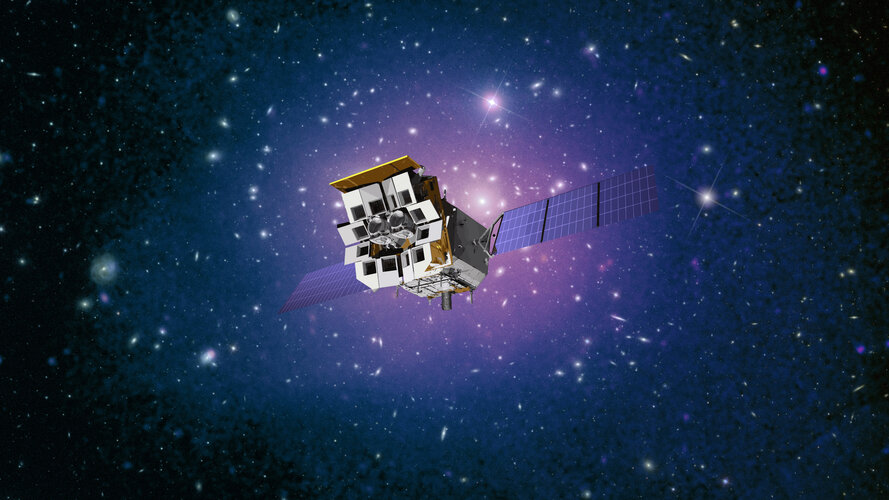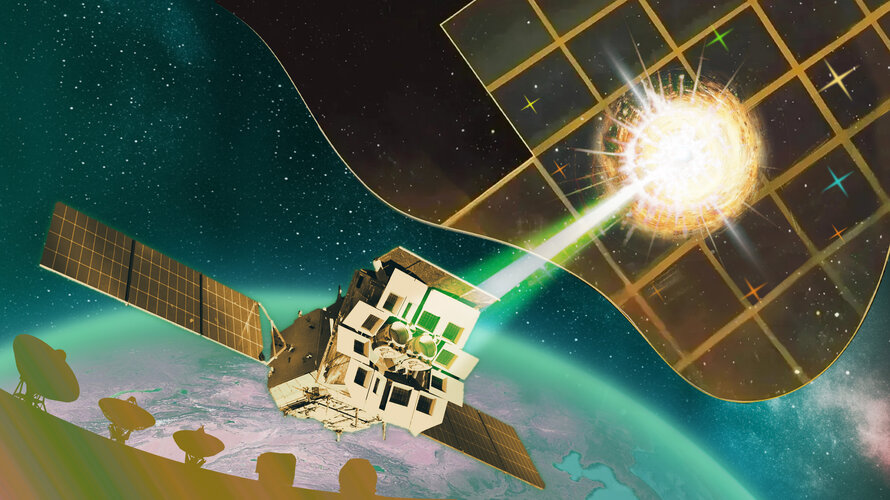Long March 2C | Einstein Probe
Launch Complex 3 (LC-3/LA-1)
Xichang Satellite Launch Center, People's Republic of China
T?
--
Days
:
--
Hours
:
--
Mins
:
--
Secs
Date Loading...
China Aerospace Science and Technology Corporation
The China Aerospace Science and Technology Corporation (CASC) is the main contractor for the Chinese space program. It is state-owned and has a number of subordinate entities which design, develop and manufacture a range of spacecraft, launch vehicles, strategic and tactical missile systems, and ground equipment. It was officially established in July 1999 as part of a Chinese government reform drive, having previously been one part of the former China Aerospace Corporation. Various incarnations of the program date back to 1956.
Einstein Probe
The Einstein Probe (EP) is a Chinese Wide-Field X-ray astronomy observatory for detecting high energy flashes of cataclysmic cosmic events. These includes tidal disruption events (stars pulled apart by supermassive black holes), supernovae, and high-energy, electromagnetic counterparts of gravitational wave events. The spacecraft, weighing ~1400 kilograms, will be launched into a 600-kilometer-high, low-inclination orbit. The probe's instruments include a Wide-field X-ray Telescope (WXT) with a field of view of 3,600 square degrees, employing cutting-edge "lobster eye" optics to view X-ray events more deeply and widely than previously possible, and a Follow-up X-ray Telescope (FXT), developed in collaboration with Europe, that performs follow-up detailed observations as soon as WXT detects an X-ray event. The Einstein Probe mission is managed by the NSSC, with participation from the CAS's NAOC, the Institute of High Energy Physics (IHEP), the Shanghai Institute of Technical Physics (SITP), and the Innovation Academy for Microsatellites, a spacecraft manufacturer that has previously produced space science and Beidou navigation spacecraft. The European Space Agency is contributing to the mission with a mirror module for the FXT instrument, as well as ground station and science management support. The FXT instrument is also supported by Germany's Max Planck Institute for Extraterrestrial Physics.
Long March 2C
Height 42.00 Meters
Max Stages 2
Mass To GTO 0 kg
Liftoff Thrust 0 kN
Diameter 3.35 Meters
Mass To LEO 3850 kg
Liftoff Mass 233 Tonnes
Launch Success 61
Consecutive Success 40
Maiden Flight 1982-09-09
Launch Failures 1
Related News
2025-02-18T15:00:00+0000
ESA
Einstein Probe catches X-ray odd couple
2025-01-23T10:00:00+0000
ESA
Einstein Probe detects puzzling cosmic explosion
2024-01-09T08:20:49+0000
SpaceNews
